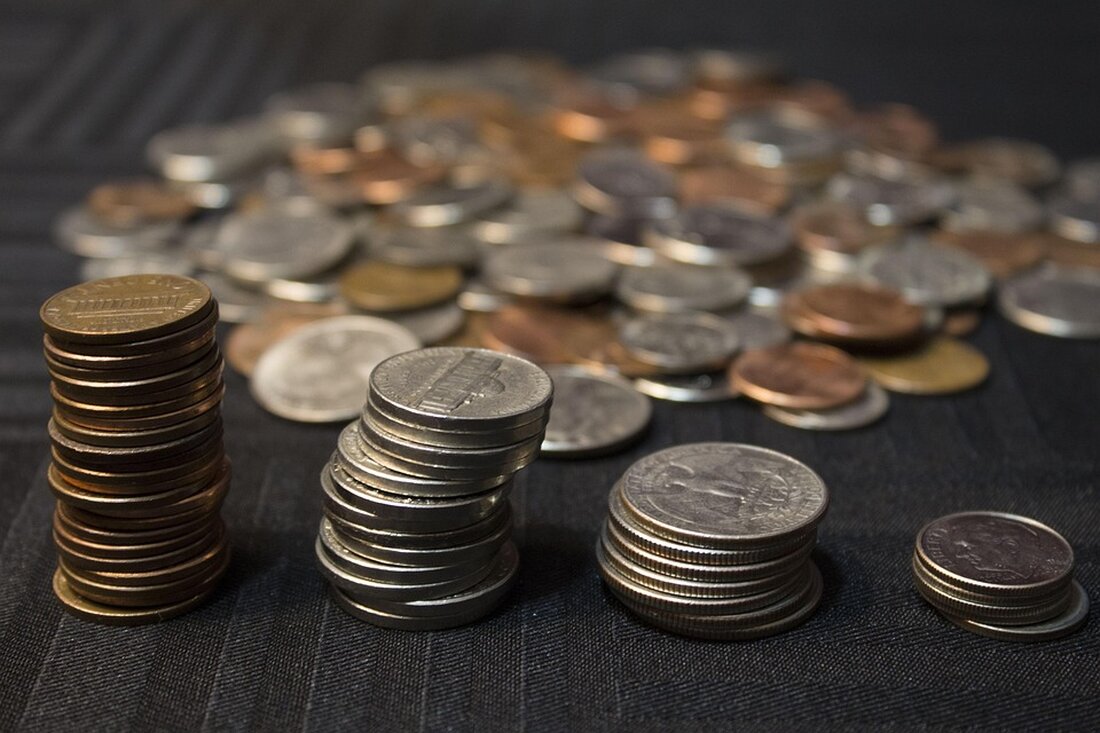Aave Chan Initiative presents comprehensive tokenomics revision with an innovative buyback program and new incentives for stakers
<P> <strong> Aave Chan Initiative presents comprehensive tokenomics revision with an innovative buyback program and new incentives for stakers </strong> </p>
Aave Chan Initiative presents comprehensive tokenomics revision
The Aave Chan Initiative (ACI), led by founder Marc Zeller, presented a new proposal for revising the Tokenomics, the distribution of income and the liquidity management of the AAVE (AAVE) protocol. This proposal follows a tempe check approved by the community and is part of the Aave Request for Comment (ARFC).
reasons for the revision
In a current article on the platform X (formerly Twitter), Zeller emphasized that the updated Aavenomics proposal is the result of five years of continuous development. "We consider it the most important proposal in our history. Feel free to read it and give it feedback," he said.
Introduction of the Aave Finance Committee
A central element of the proposal is the creation of the Aave Finance Committee (AFC), which is commissioned to monitor the treasury operations. The AFC will guide a "purchase and distribution program", which provides to buy Aave tokens of secondary markets worth one million USD a week back for the first six months. This buyback rate will be re -evaluated later, whereby an increase is possible depending on the financial situation of the protocol.
A user commented: "These are great news. Returns will reduce the circulating range of AAVE, which makes tokens more scarce and valuable. Activation of the fee mechanism will create a new source of income for the protocol and increase demand."
Adjustments for AAVE-Stakers
Another significant change affects the AAVE stakers. The proposal will remove the slashing risks for those who stake in StKBPT. This represents a significant relief for the participants, but is accompanied by a gradual reduction in the StKBPT rewards, since AAVE passes to a hybrid model that favors liquidity incentives compared to traditional staking payments.
migration and ecosystem reserve
The update also includes the lend to Aave migration contract. In this context, 320,000 Aave tokens-in the value of around 65 million USD-are redirected to the ecosystem reserve. This step ends an almost five-year transition phase and is in harmony with AAVES strategy to prioritize real sales compared to inflationary token emissions.
Introduction of anti-gho
A central point of the update is anti-gho, a non-transferable ERC20 token to replace the current discount mechanism. Anti-Gho fulfills two functions: owners can burn it in a ratio of 1: 1 and thus compensate for the GHO toborrowing costs, which serves as a discount mechanism. In addition, you have the option of converting it into Stkgho via the Merit system so that it will later redeem it as a GHO after a cooling phase. AAVE has 50 percent of the GHO revenue-ETWA $ 6 million annually-for this program, with 80 percent being distributed to AAVE stakers and 20 percent to STKBPT owners.
new umbella mechanism
The proposal also provides for a new umbella mechanism that aims to protect users from bad debts while at the same time improving liquidity over several chains. By assigning excess DAO revenue to incentive to incorporate Umbrella-Ateric Stakers, the system will initially secure Weth, USDC, USDT and GHO, with the aim of achieving a broader coverage.
Feedback and implementation
The proposal is now open for feedback from the community. A snapshot voting will then take place. When approved, the implementation will begin with an AAVE improvement proposal (AIP), which paves the way for the introduction of the new functions.
Overall, the new proposal represents a comprehensive realignment of the AAVE protocol, which aims to increase both security and profitability for the token and its owner.


Kommentare (0)